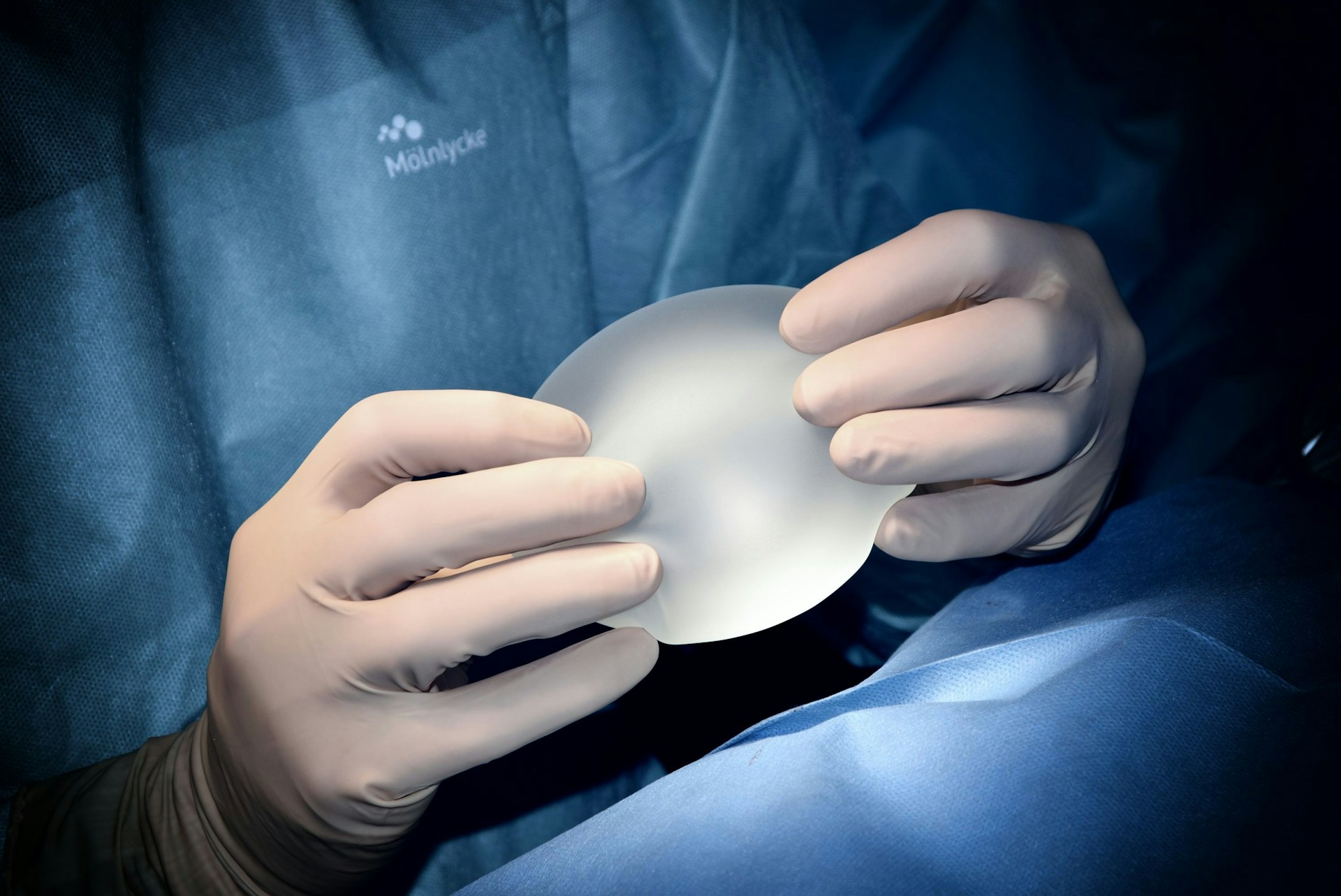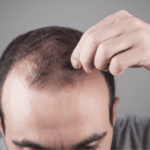As a skilled plastic surgeon, Dr. Jeffrey E. Schreiber recognizes that breast augmentation is an immensely personal and transformative experience for those seeking to enhance their figure and self-confidence. Taking the time to fully understand the various implant types, surgical techniques, and recovery expectations is an essential step in making the right decision for your unique goals and circumstances.
Breast augmentation, also known as augmentation mammoplasty, is a popular cosmetic surgical procedure that involves the use of implants to increase the size, fullness, volume, and shape of the breasts. The choice of implant type, size, and surgical technique can significantly impact not only the final appearance but also factors such as post-operative recovery times and long-term results.
In this comprehensive guide, we will discuss various aspects of breast augmentation, from implant types, including saline, silicone, and gummy bear implants, to surgical techniques, such as subglandular, submuscular, and dual-plane placements. Additionally, we’ll cover essential aspects of the recovery and healing process, offering insights on what to expect and how to prepare for a successful breast augmentation experience.
Implant Types: Saline, Silicone, and Gummy Bear
Understanding the different kinds of breast implants available is essential for making an informed decision about your breast augmentation. The three main implant types are:
Saline implants: These implants consist of a silicone shell filled with sterile saline solution. Saline implants can be adjusted more easily than silicone, as the amount of liquid inside the shell can be modified for the desired fullness. However, they may be more prone to rippling or collapsing compared to their silicone counterparts.
Silicone implants: Composed of a silicone shell filled with a viscous silicone gel, these implants are known for their natural look and feel. The silicone gel closely resembles breast tissue, resulting in a more realistic appearance. However, silicone implants may require a slightly larger incision due to their pre-filled nature.
Gummy bear implants: Also known as form-stable or cohesive silicone gel implants, gummy bear implants maintain their shape even when the implant shell is broken. These implants are designed to closely mimic the shape and feel of natural breast tissue, leading to a more anatomically accurate result. While gummy bear implants require slightly larger incisions, their highly cohesive gel minimizes the risk of leakage in case of rupture.
Surgical Techniques: From Placement to Incisions
The choice of surgical technique used for breast augmentation may vary based on factors such as implant type, desired result, and patient anatomy. Two key aspects of surgical technique are implant placement and incision location.
Implant Placement: Breast implants can be placed in three distinct ways—subglandular, submuscular, and dual-plane.
– Subglandular placement involves positioning the implant above the pectoralis muscle but beneath the breast tissue. This approach may result in quicker recovery time and less discomfort but may have increased visibility of the implant, particularly with thinner breast tissue.
– Submuscular placement positions the implant under the pectoralis muscle, which can provide more natural-looking results and offer better support for the implant. However, the recovery time may be longer and more painful compared to subglandular placement.
– Dual-plane placement is a combination of both techniques, with the top portion of the implant placed beneath the pectoral muscle while the lower part is positioned beneath the breast tissue. This technique aims to achieve the best of both worlds, with a natural appearance and minimal trade-offs in terms of recovery time and discomfort.
Incision Location: The positioning of incisions during breast augmentation surgery may vary depending on the patient’s preferences, implant type, and the surgeon’s expertise. The most common incision locations are:
– Inframammary incision: A small incision is made along the crease under the breast, allowing for direct access to the breast tissue, optimal implant placement, and minimal visible scarring.
– Periareolar incision: This approach involves making an incision around the areola or nipple, resulting in a well-concealed scar but potentially increased risk of complications, such as nipple sensation changes and breastfeeding difficulties.
Preparing for Your Breast Augmentation Surgery
Prior to undergoing breast augmentation, it is essential to prepare yourself both physically and emotionally to ensure a successful surgery and smooth recovery. Steps to consider include:
– Discussing your goals and expectations with Dr. Schreiber during the consultation process, ensuring your desired size and shape are achievable and realistic.
– Undergoing a comprehensive physical examination, during which Dr. Schreiber will assess your breast tissue, size, shape, and overall health.
– Quitting smoking, adopting a healthy diet, and engaging in regular physical activity to improve your overall health and expedite the healing process post-surgery.
– Making arrangements for aftercare, including organizing transportation home from the surgical facility and ensuring you have a support system in place to help during the initial recovery period.
Recovery and Post-Operative Care
The recovery process following breast augmentation surgery can vary depending on individual factors and the specific surgical techniques employed. However, some general guidelines include:
– Following Dr. Schreiber’s post-operative instructions closely, including taking prescribed medications, wearing compression garments, and attending follow-up appointments.
– Resting and avoiding strenuous activities during the initial stages of recovery, while gradually reintroducing light activity, such as gentle walks, as your body begins to heal.
– Expecting mild to moderate pain, swelling, and bruising, which should subside over a period of one to two weeks. If you experience any unusual symptoms or persistent discomfort, contact Dr. Schreiber immediately.
Conclusion
Breast augmentation is a highly personalized and transformative experience for those seeking to enhance their figure and self-confidence. By thoroughly exploring implant types, surgical techniques, and recovery expectations, you can make an informed decision that aligns with your goals and unique needs.
Dr. Schreiber is here to support you throughout the entire process, providing expert guidance and personalized care from the initial consultation to aftercare. Contact Baltimore Cosmetic Surgery with Dr. Jeffrey E. Schreiber today to learn more about breast augmentation in Baltimore and take the first step toward achieving the figure of your dreams. Click here or call (410) 205-1846 to schedule a consultation with Dr. Schreiber today.




